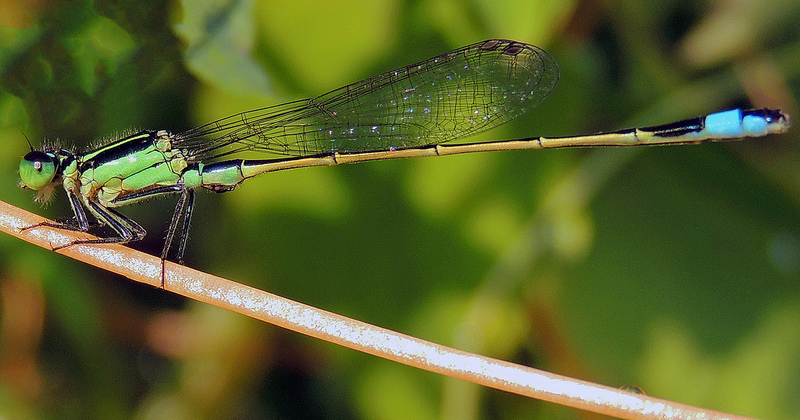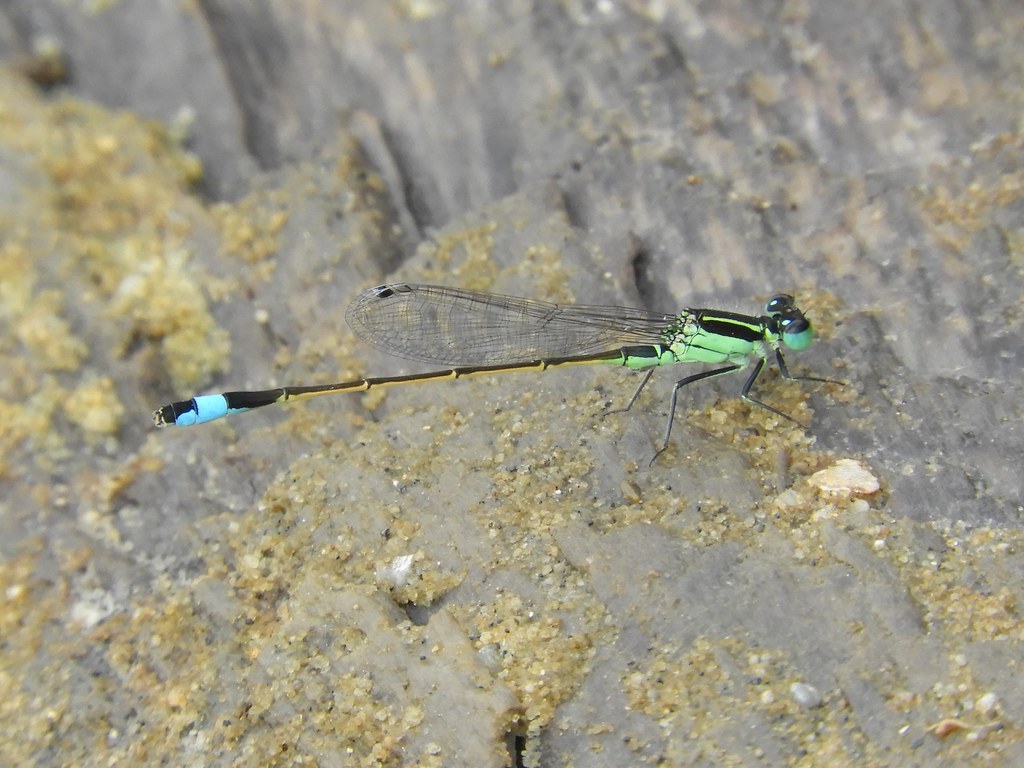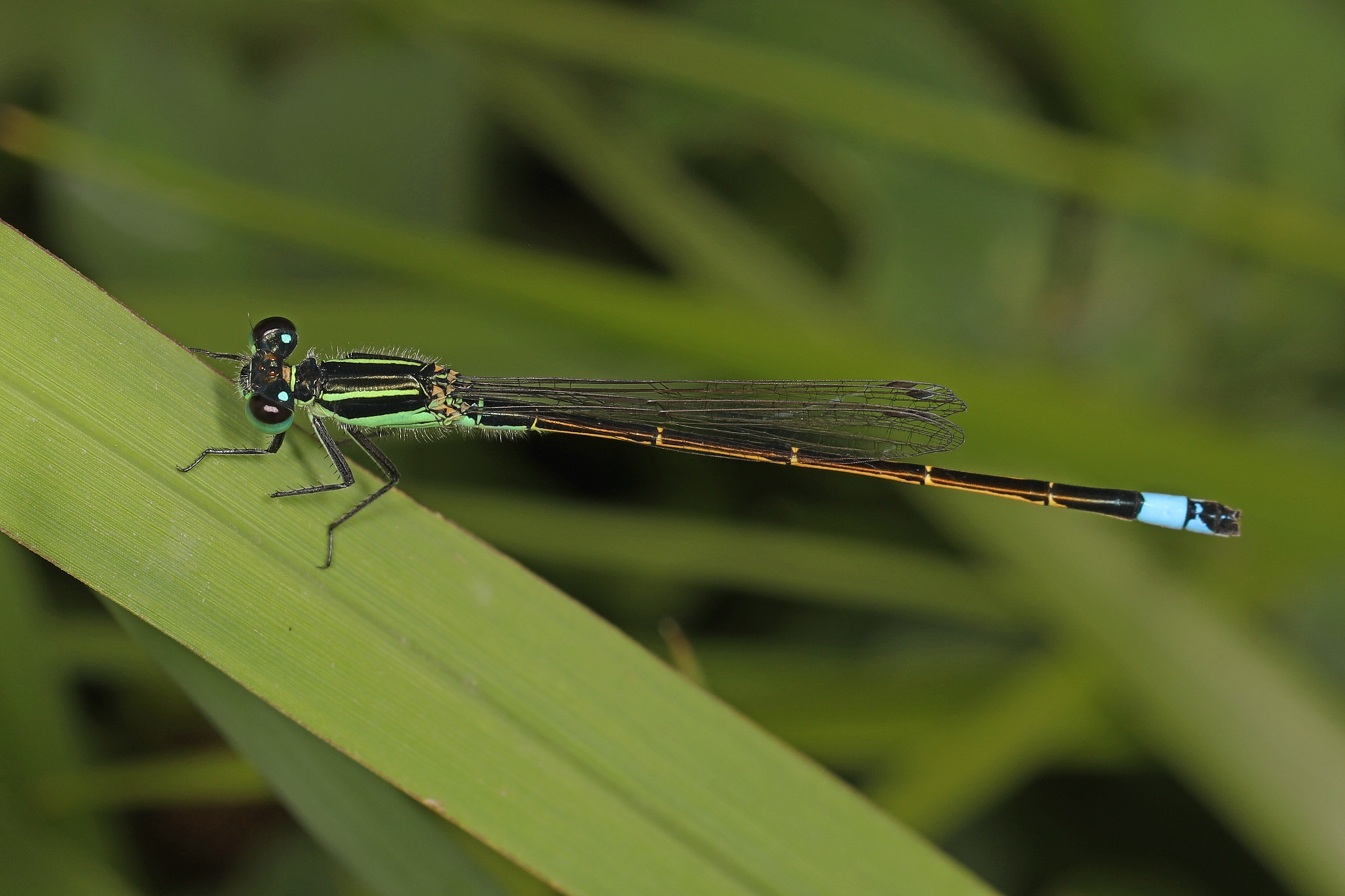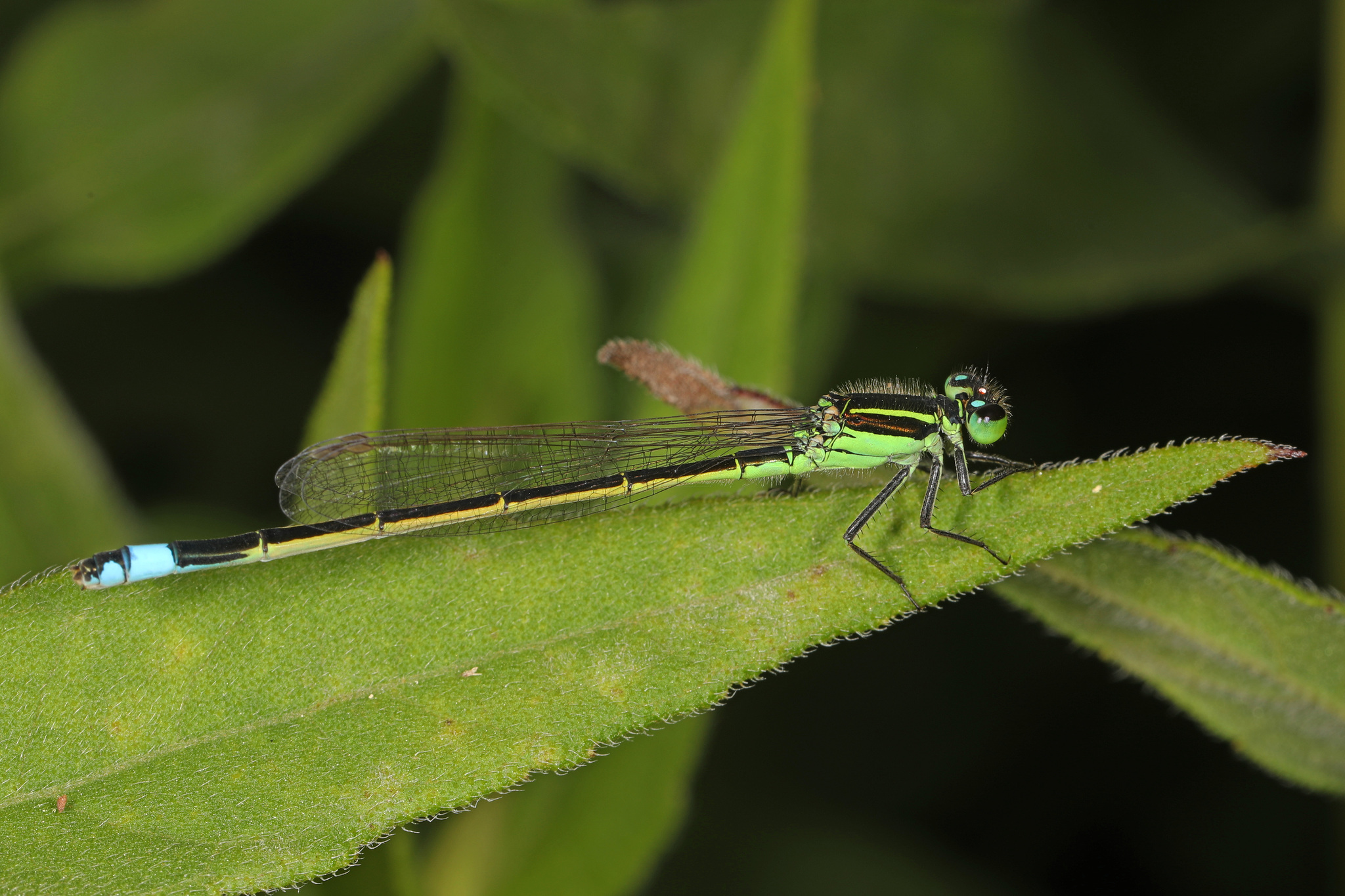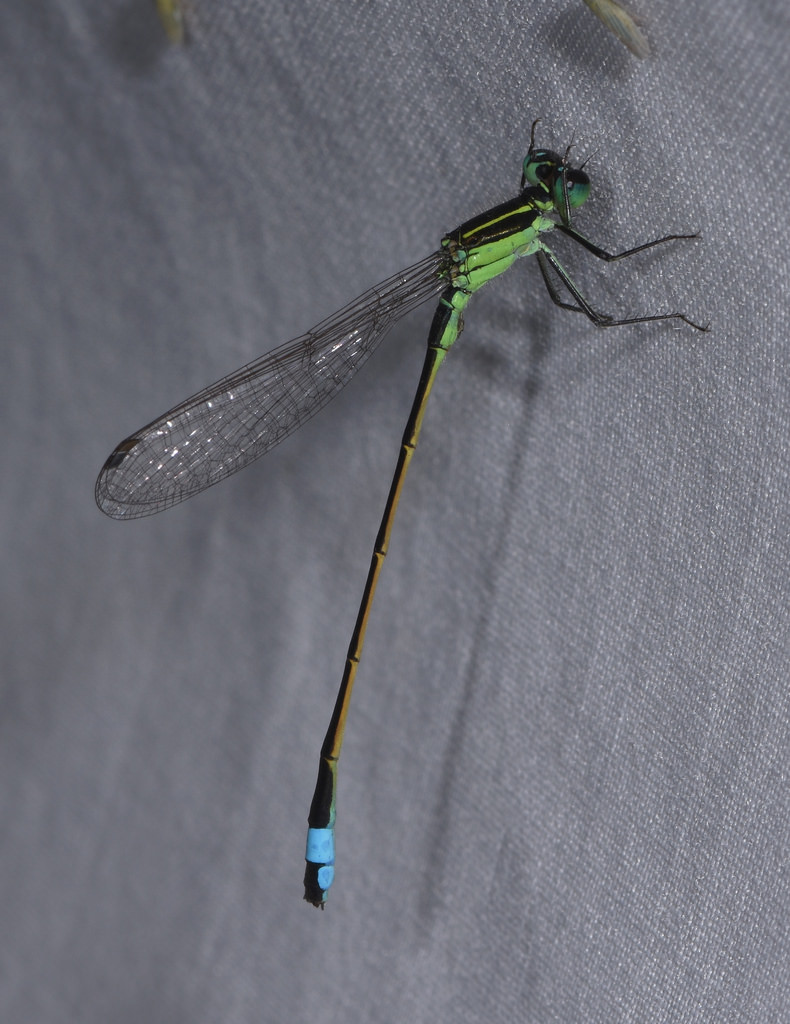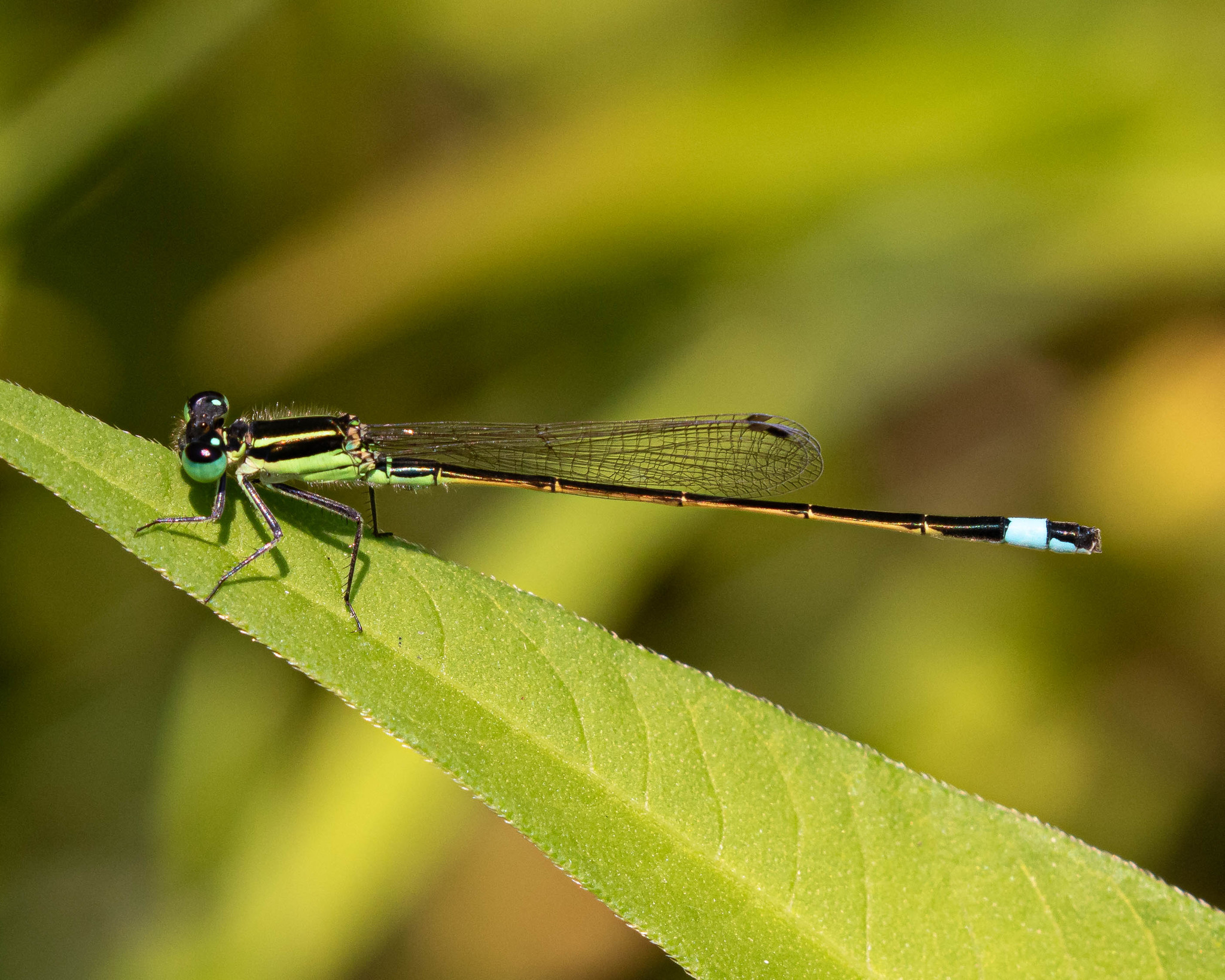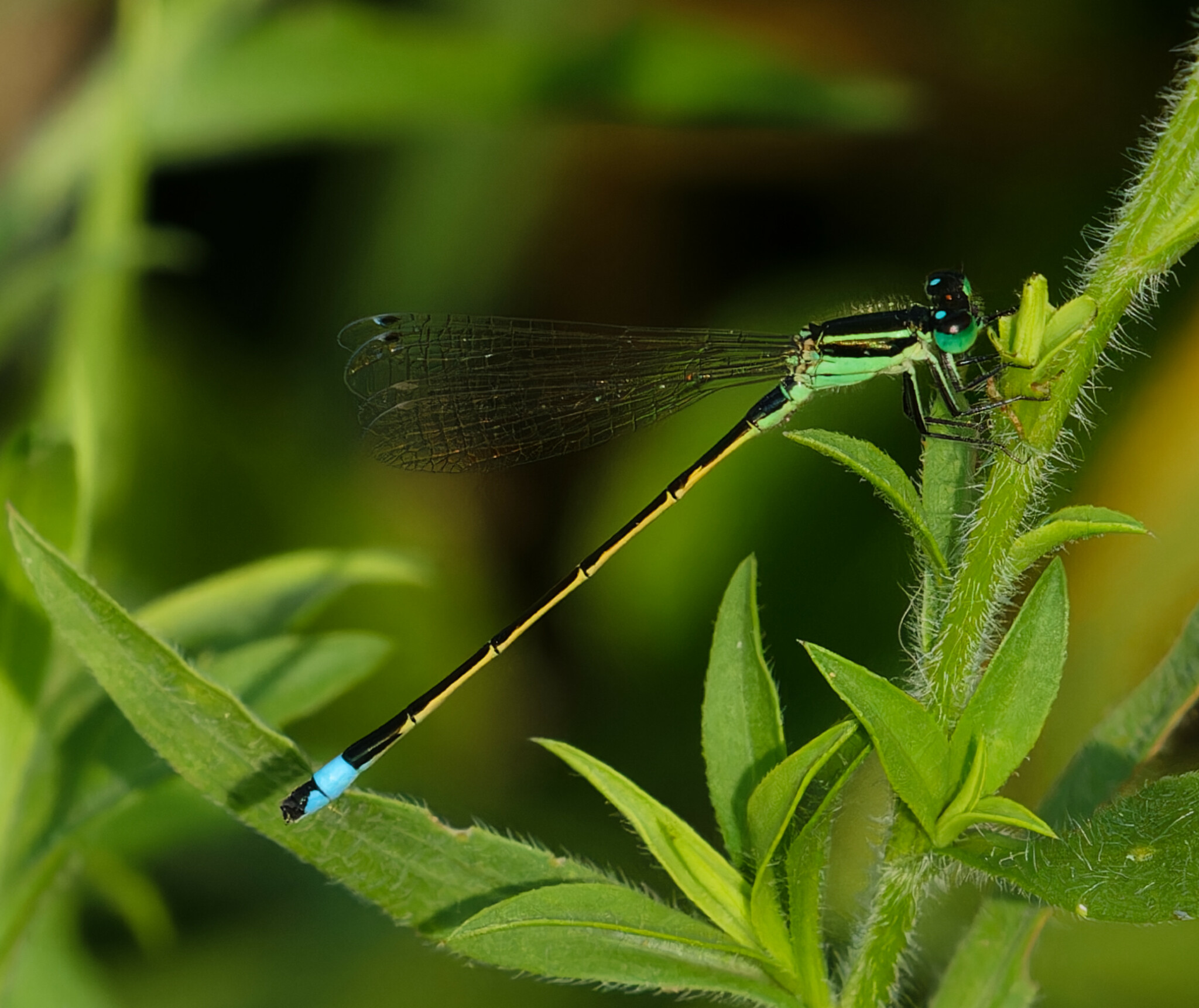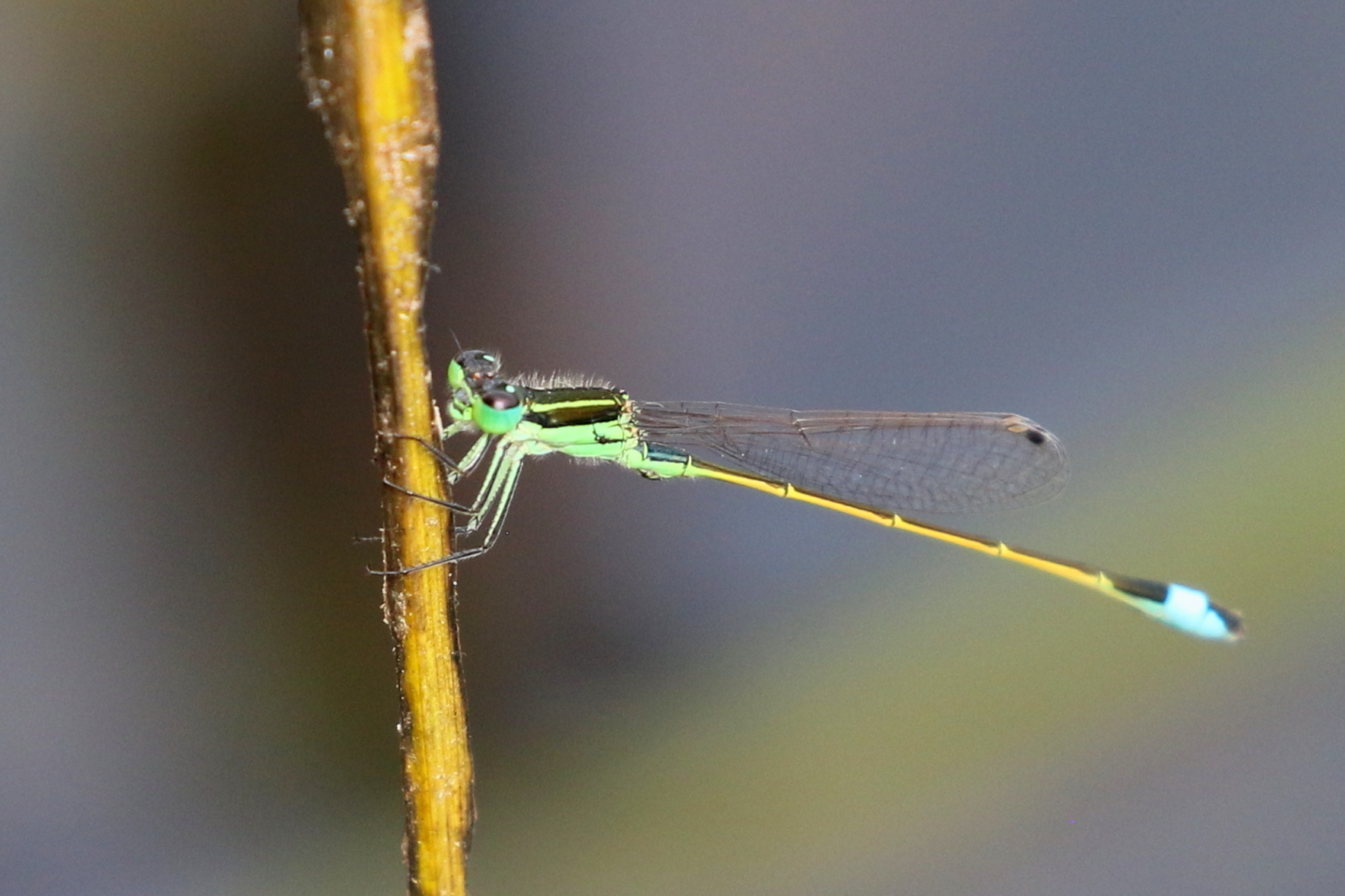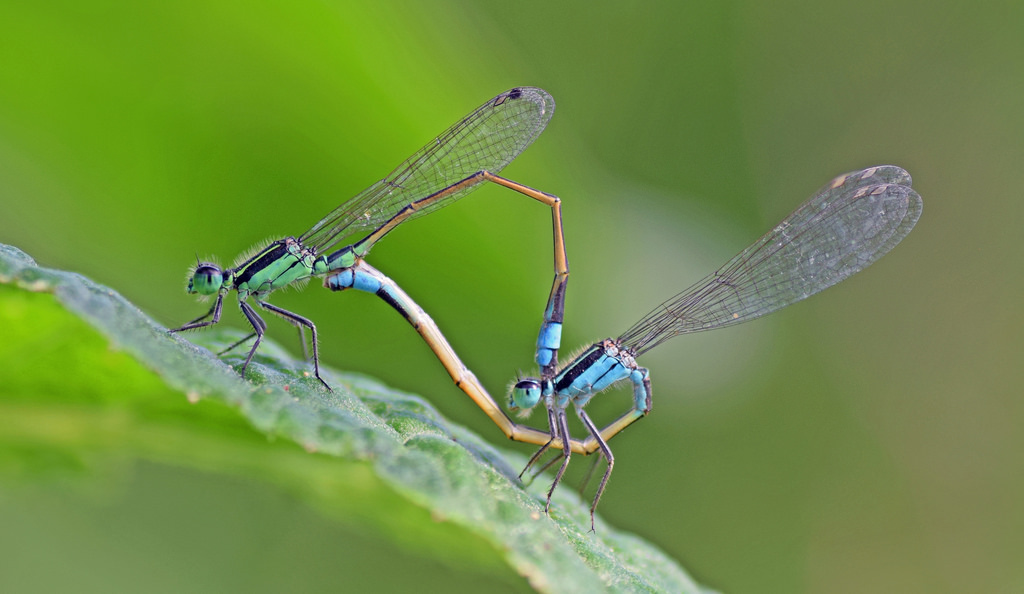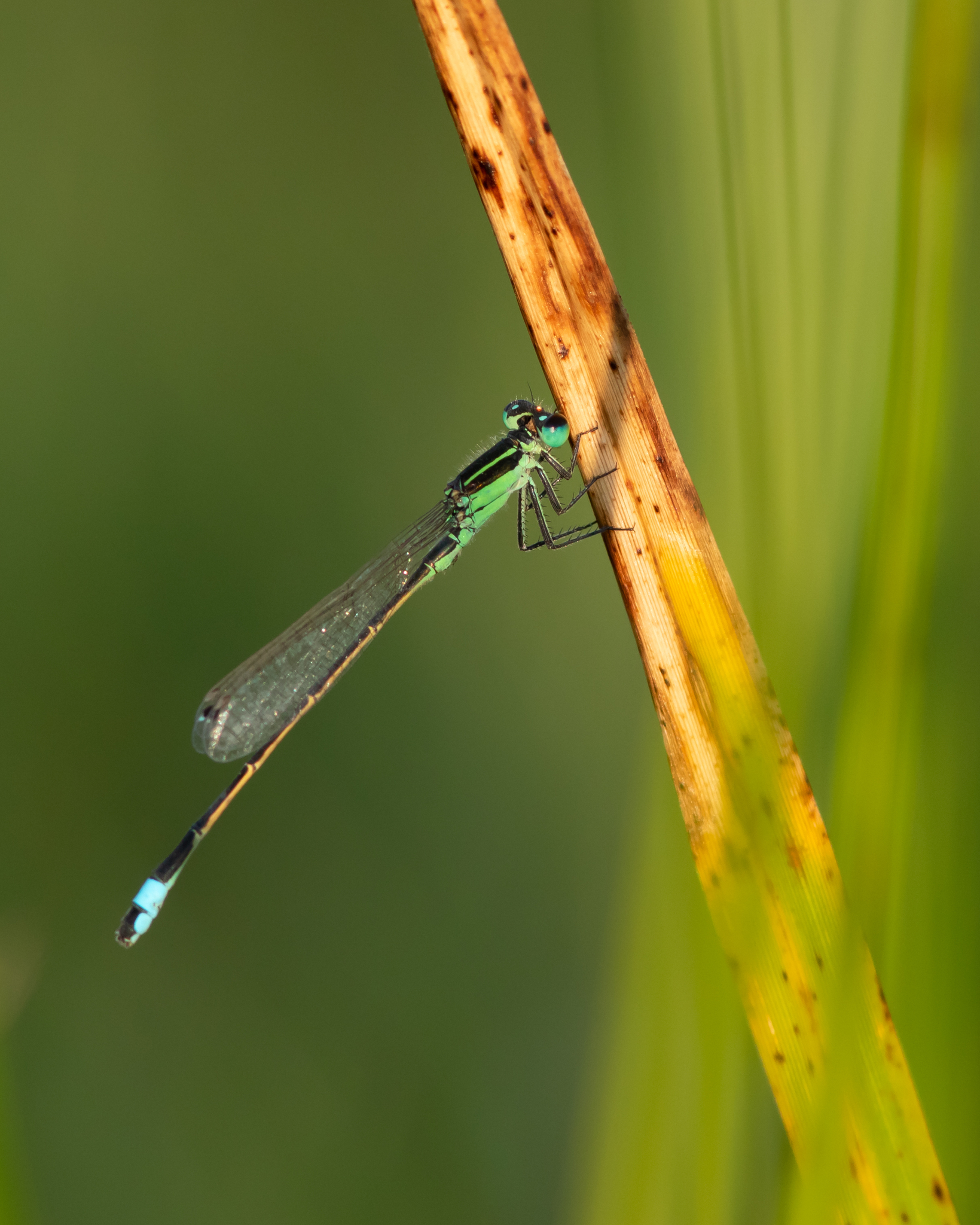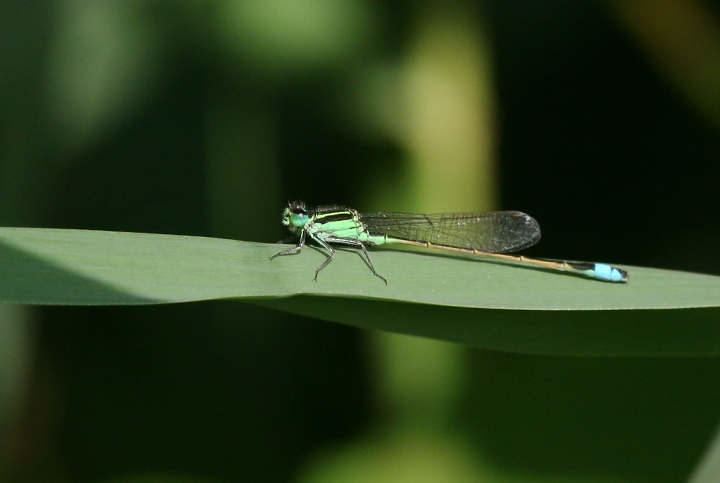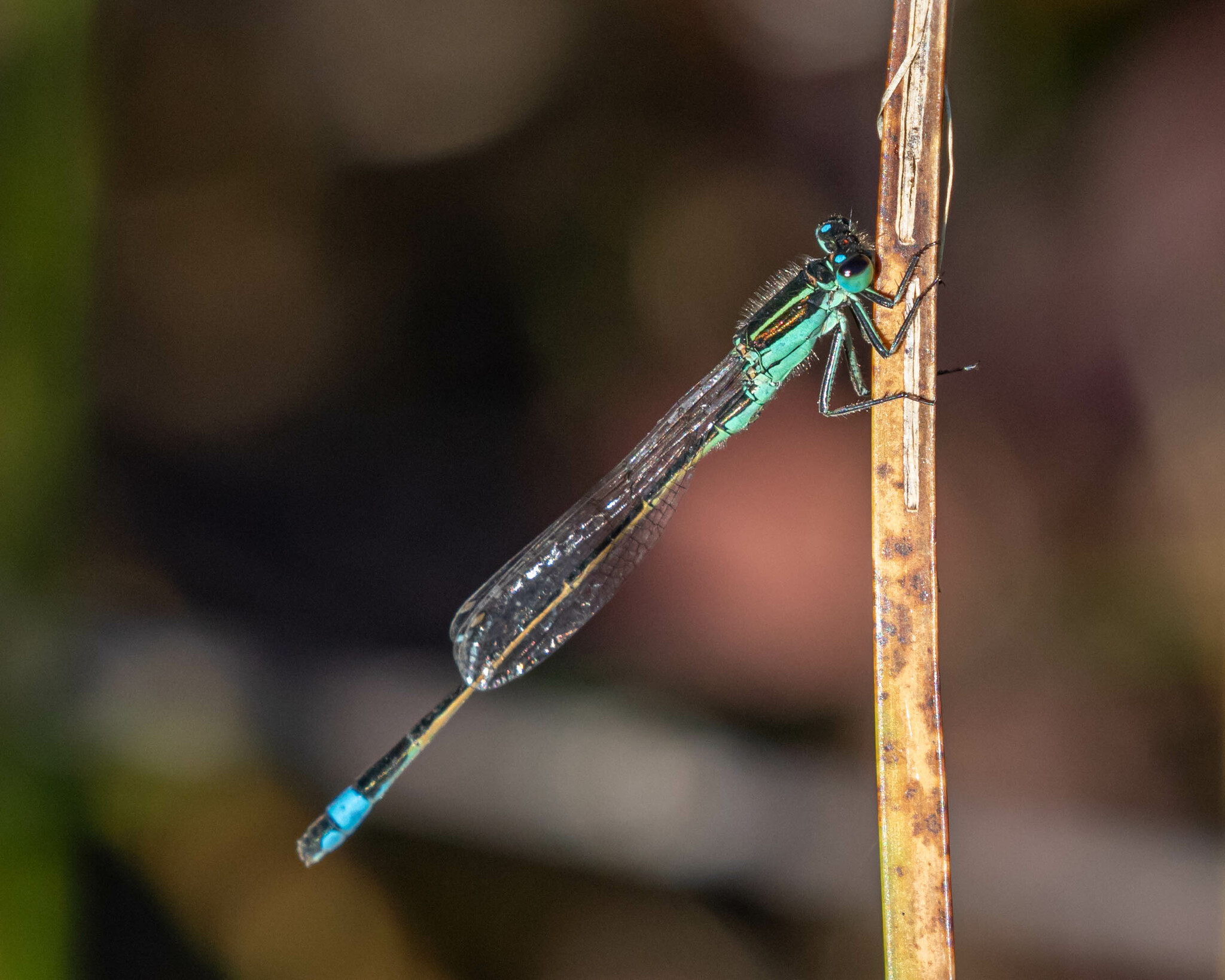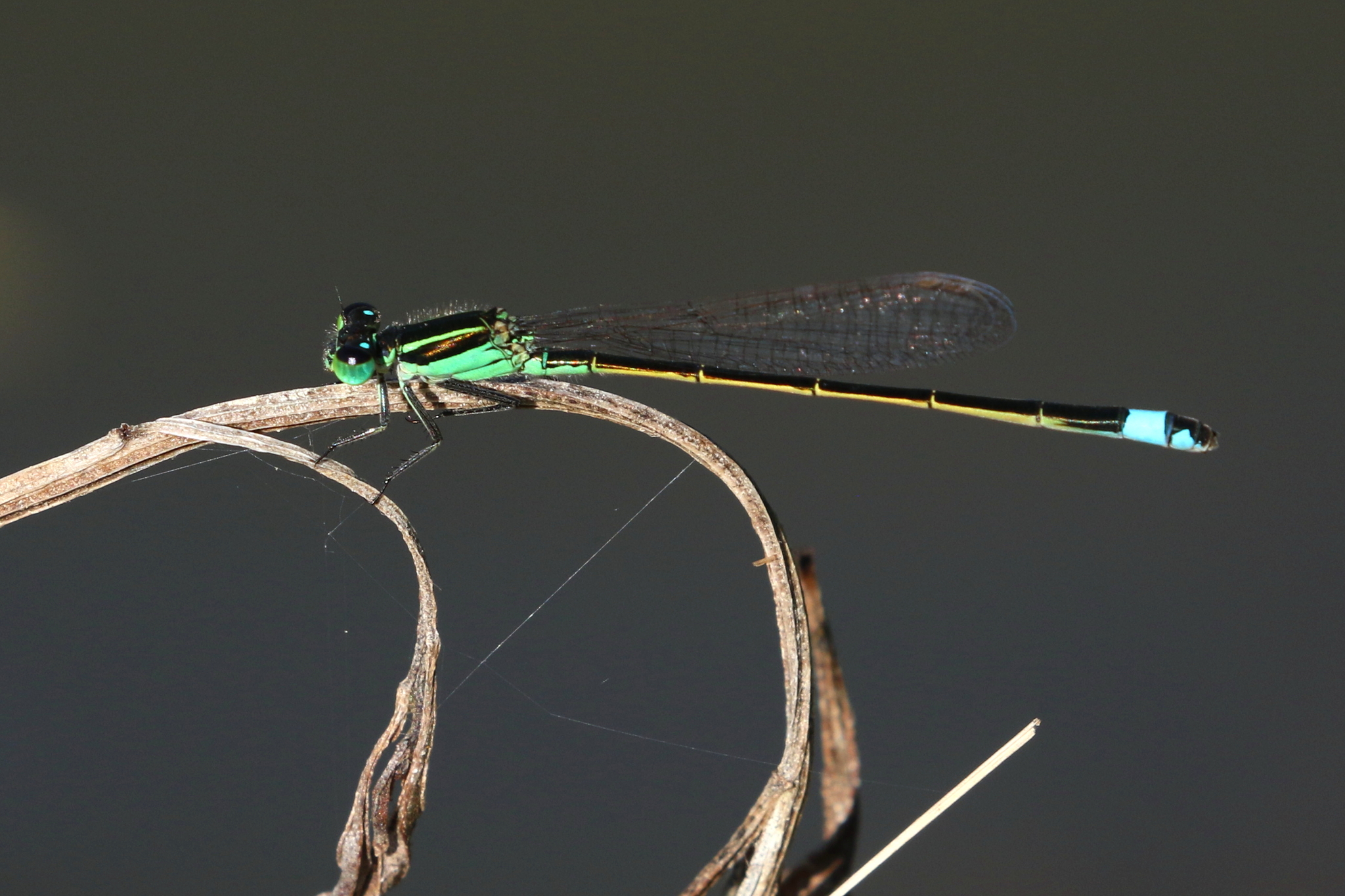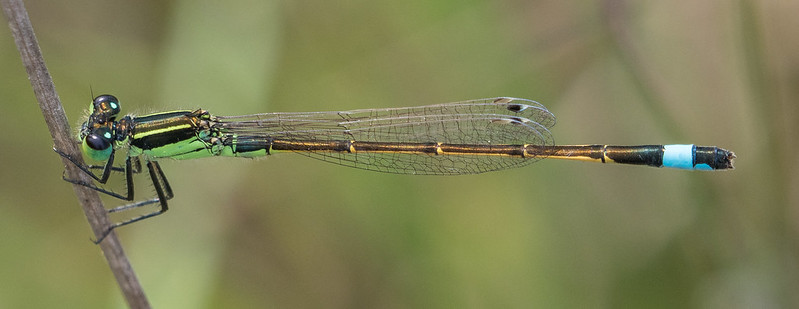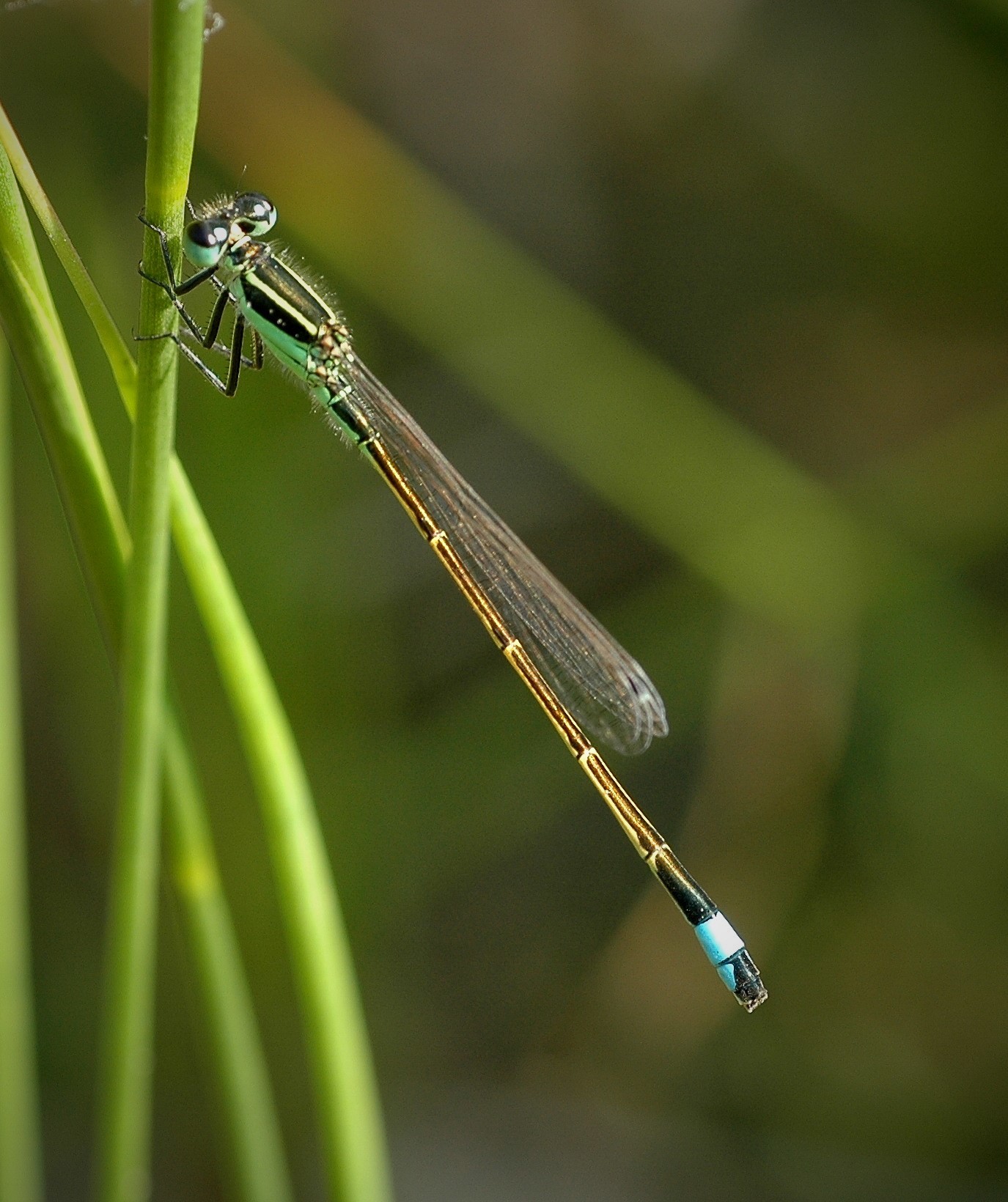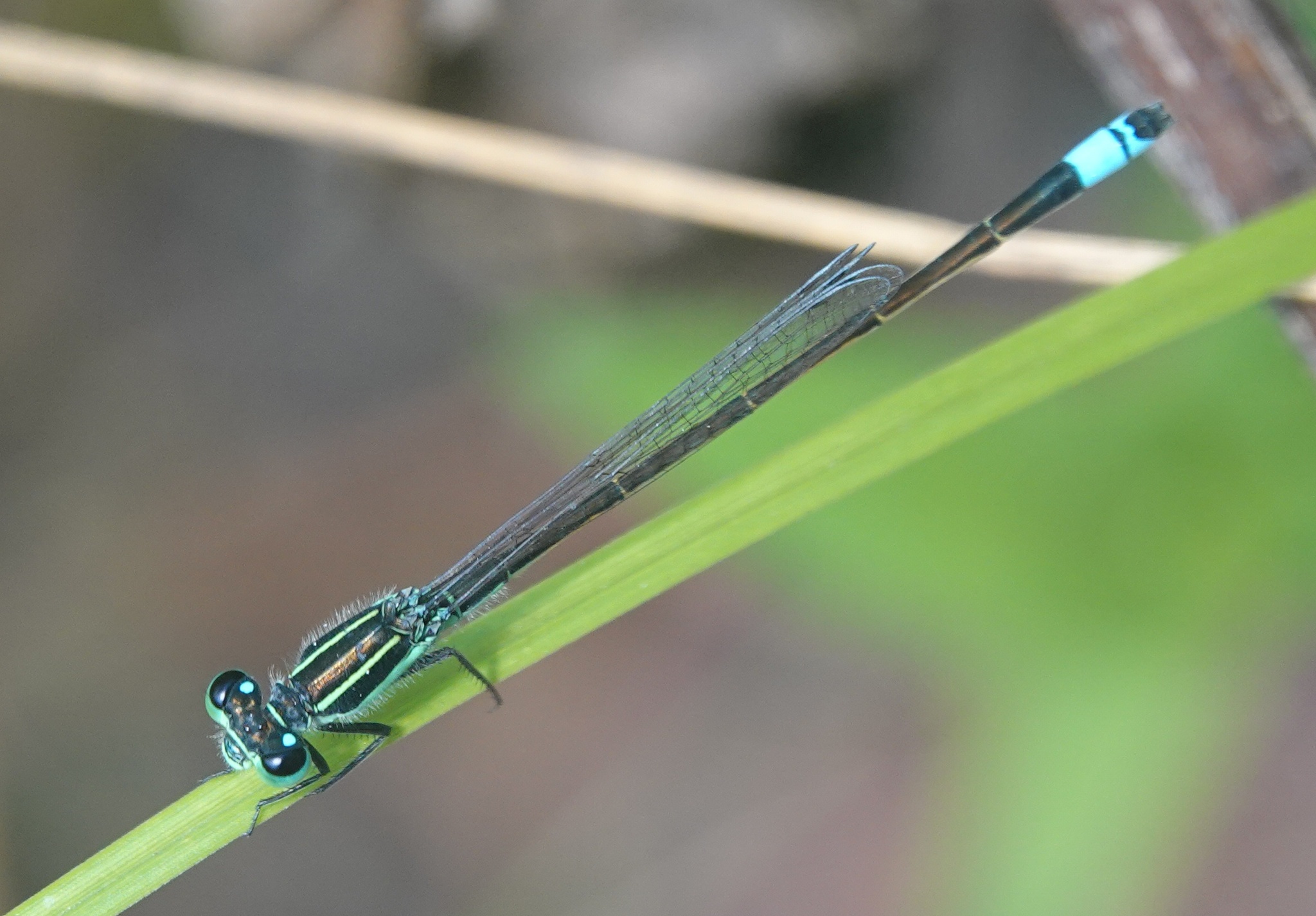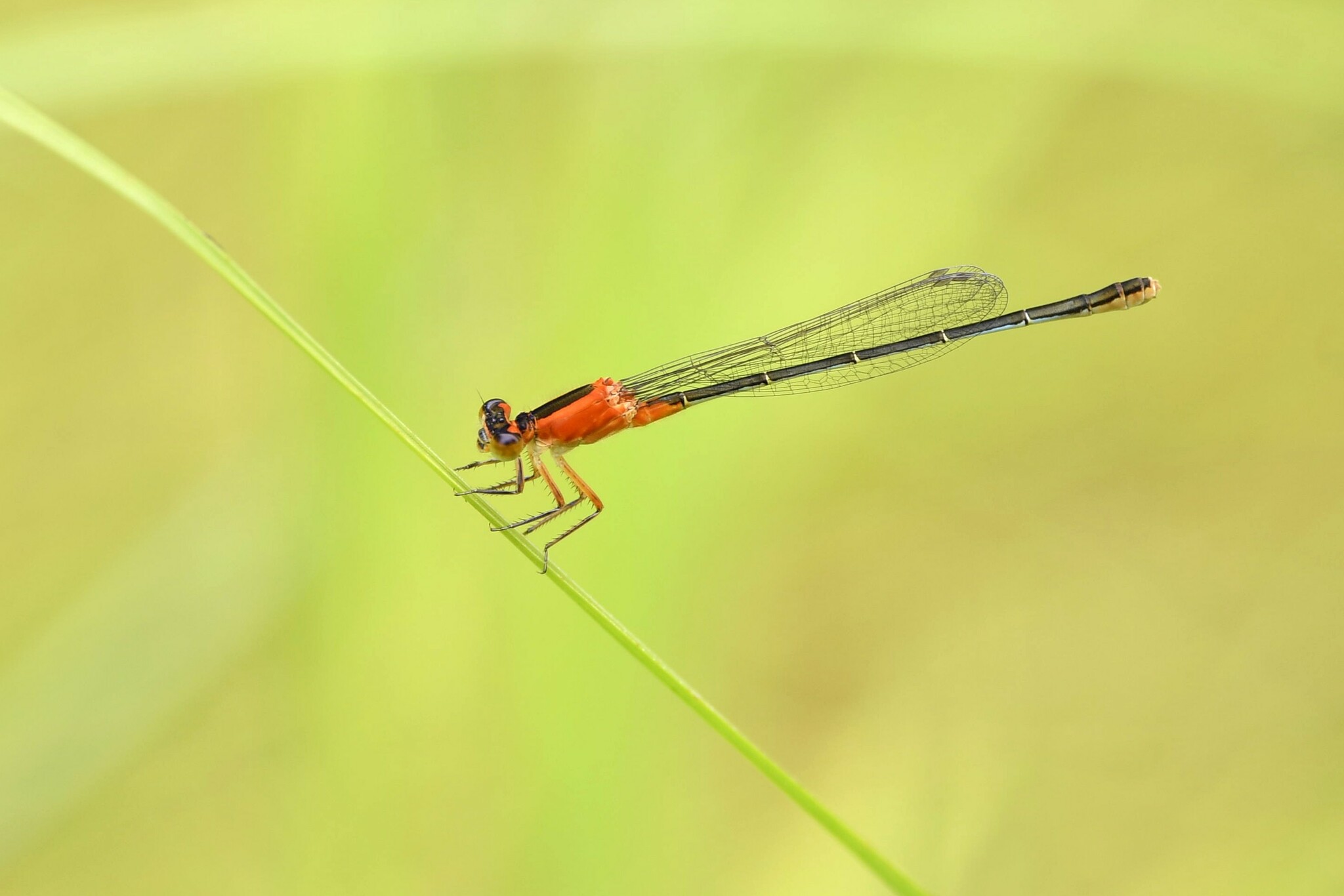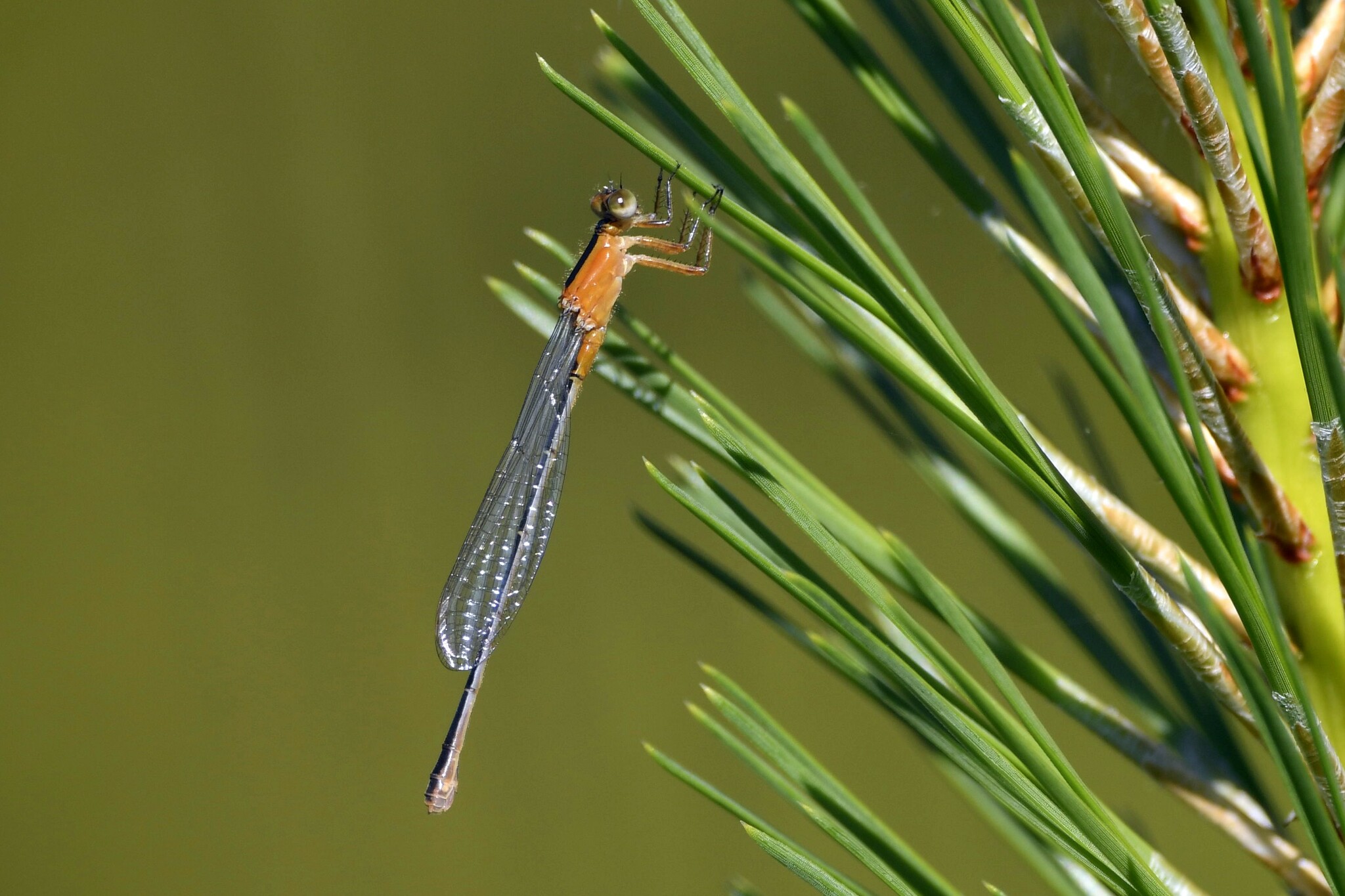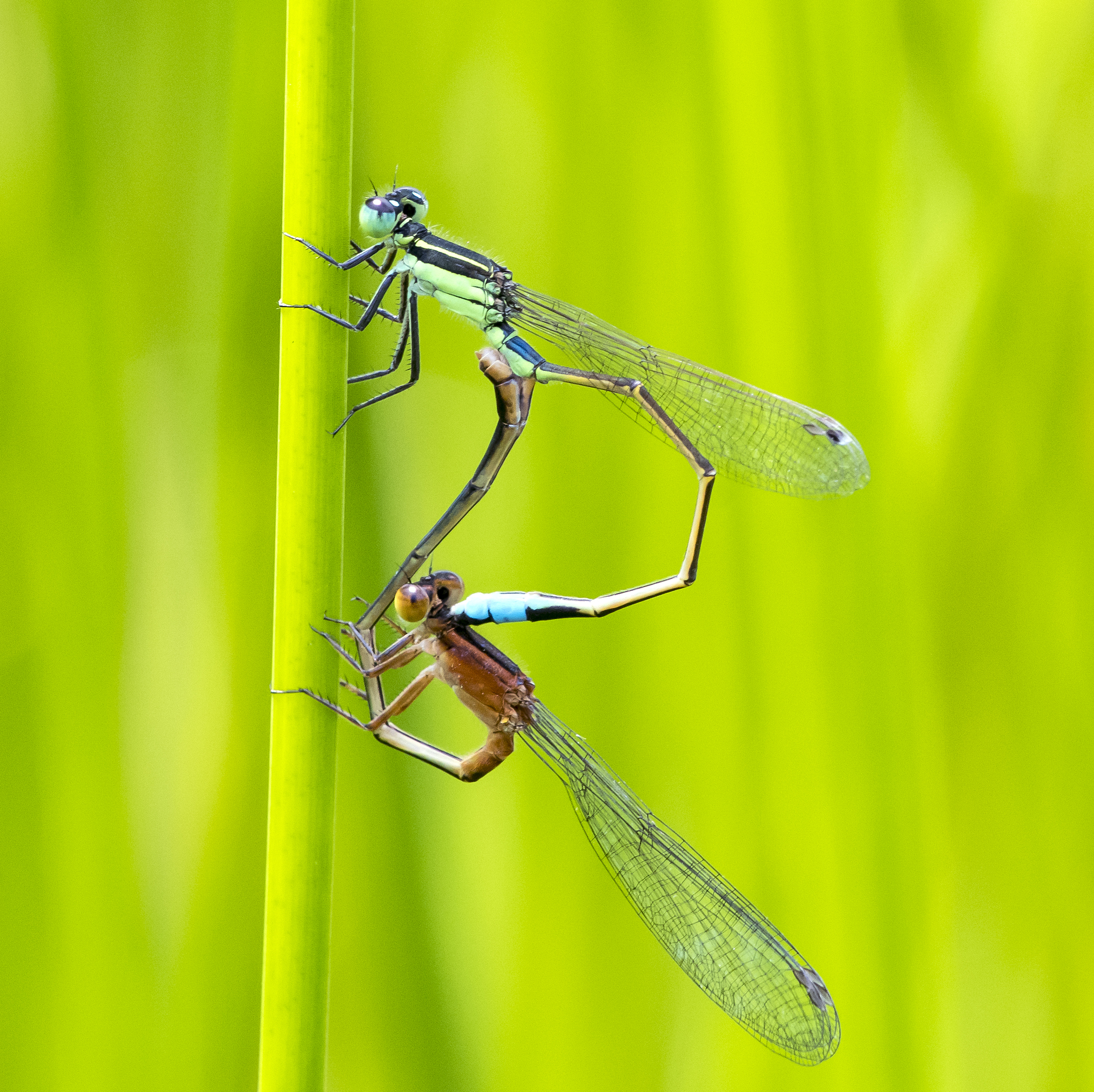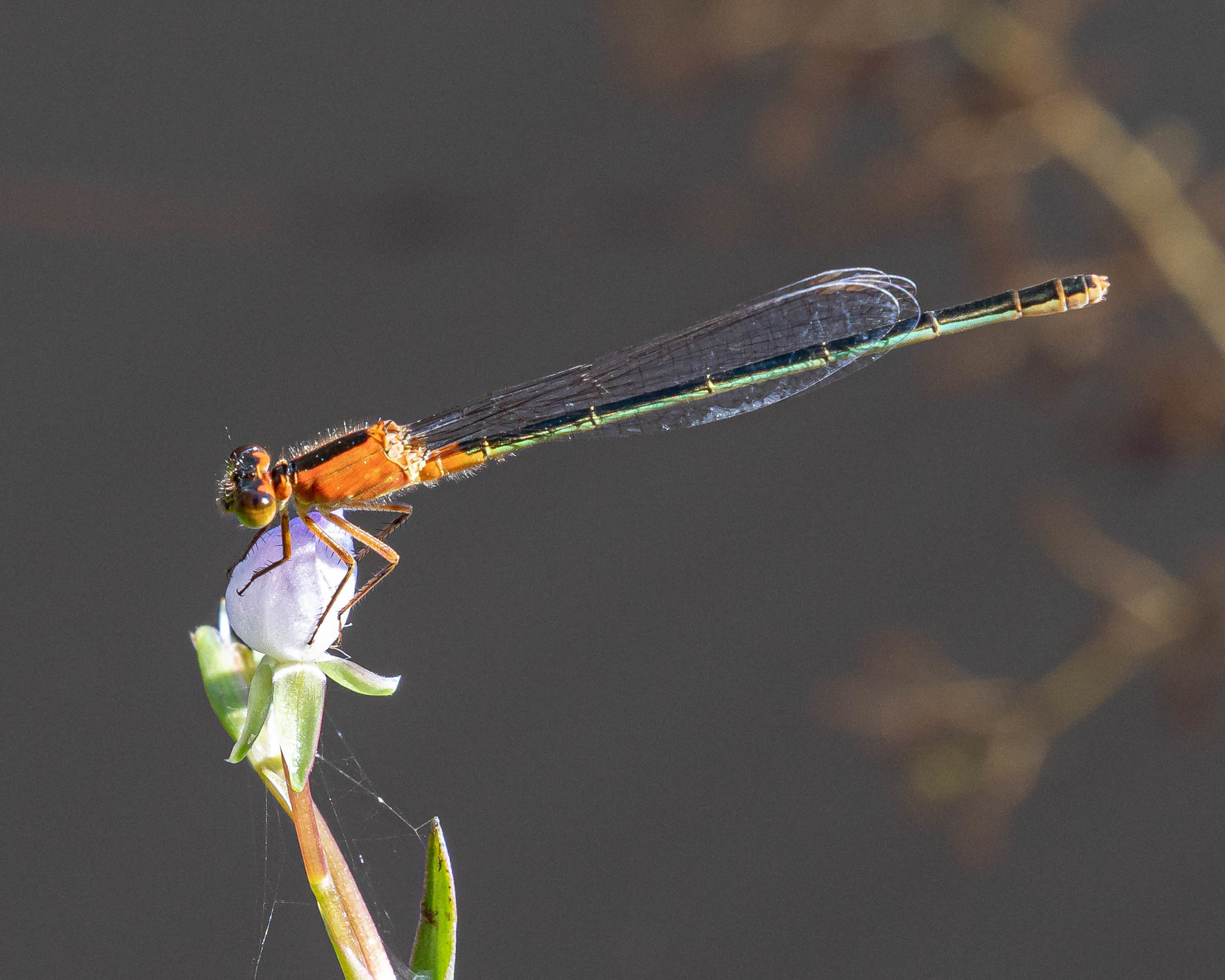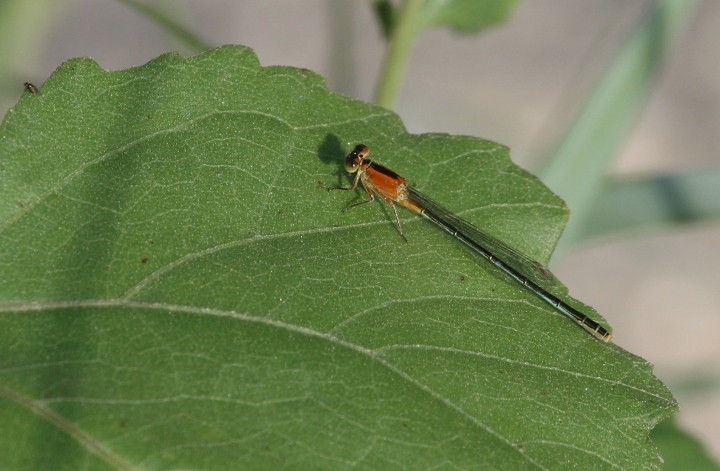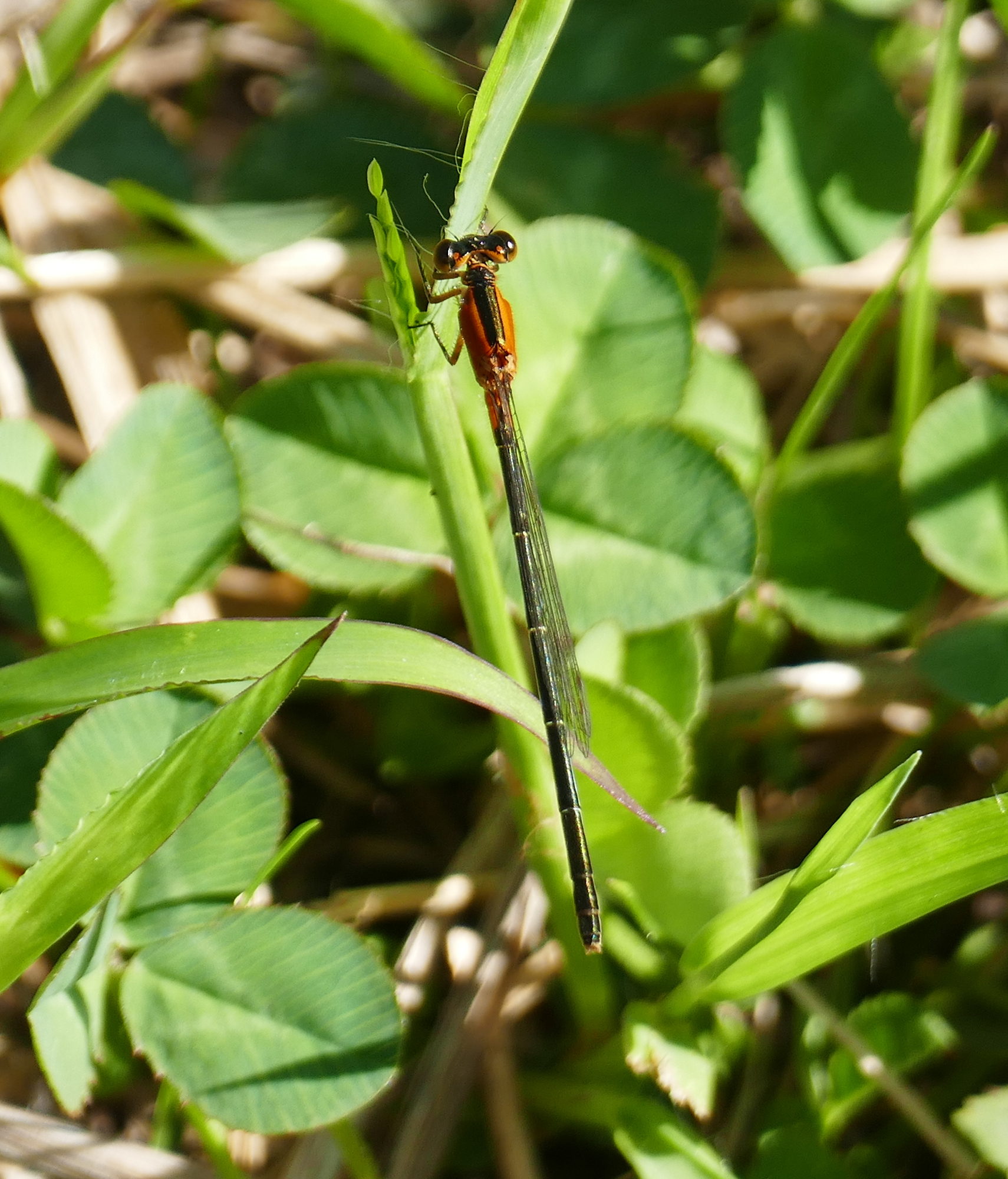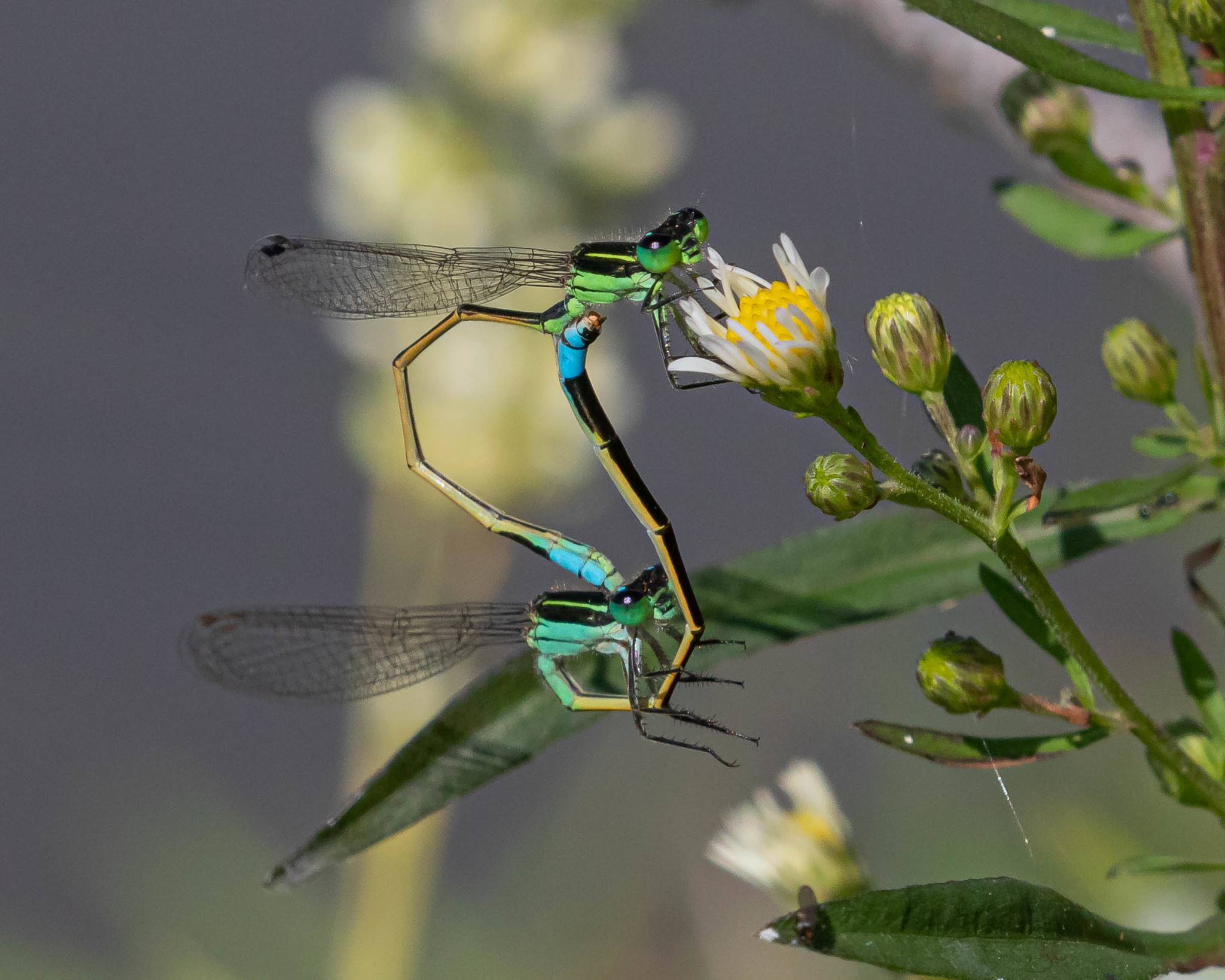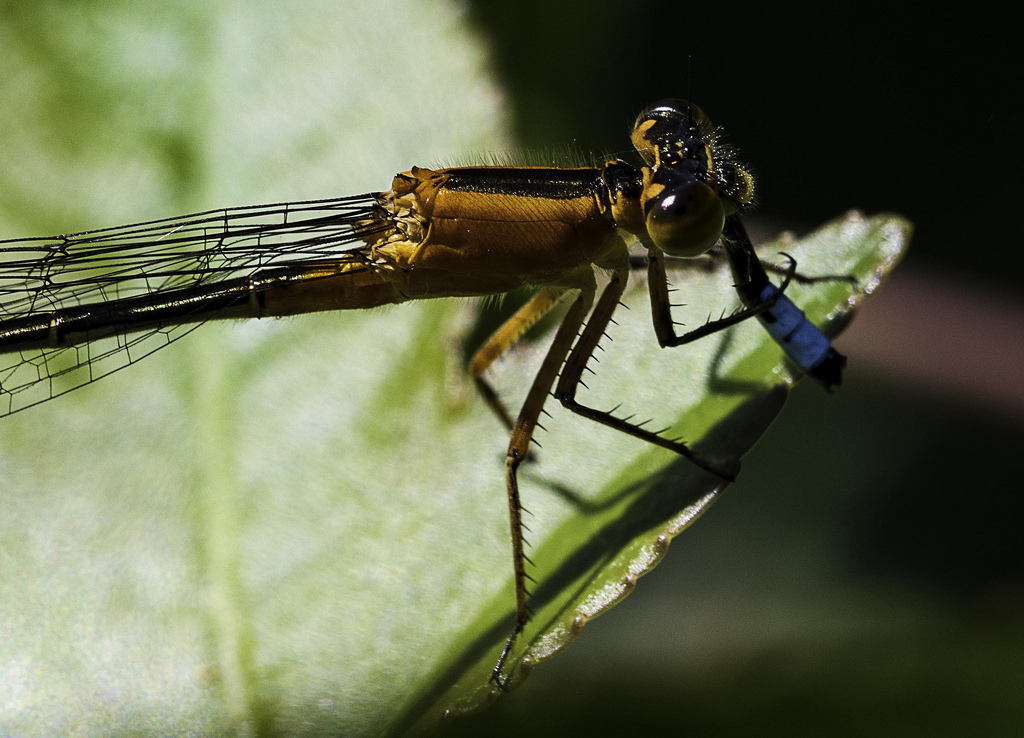Map Snapshot





















429 Records
Status
Rambur's Forktail (Ischnura ramburii) is a large, heavily-built species of forktail usually associated with coastal plain at this latitude, where it may occur in marshes, at ponds or lakes, impoundments, or even ditches or large rivers/estuaries. This adaptable species can breed in brackish water, and is often seen in close proximity to the immediate shore (Lam, 2004; Paulson, 2011). In Maryland, Rambur's Forktail is generally common on the coastal plain, and uncommon further inland (Richard Orr's Dragonflies and Damselflies of Maryland and the District of Columbia).
Seasonality Snapshot
Source: Wikipedia
| Rambur's forktail | |
|---|---|

| |
| Male | |

| |
| Female, orange-form Both on Grand Cayman | |
| Scientific classification | |
| Domain: | Eukaryota |
| Kingdom: | Animalia |
| Phylum: | Arthropoda |
| Class: | Insecta |
| Order: | Odonata |
| Suborder: | Zygoptera |
| Family: | Coenagrionidae |
| Genus: | Ischnura |
| Species: | I. ramburii
|
| Binomial name | |
| Ischnura ramburii (Selys, 1850)
| |
| Synonyms[2] | |
| |
Rambur's forktail (Ischnura ramburii) is a member of the damselfly family Coenagrionidae. Males are green with blue on abdominal segments 8 and 9. Females are orange-red, olive green, or similar to males in coloration.[3] This is the most widespread New World Ischnura, occurring throughout the Americas from the United States to Chile, as well as Hawaii and the Antilles.[4]
Habitat
[edit]Ponds, lakes, marshes, and slow streams with vegetation and sunlight are its main habitat.[3] Damselfly nymphs never live in salt water, but I. ramburii nymphs have been observed in brackish and even sulphurous waters.[5]
Mating
[edit]
female blue form
John Edward Lloyd qualified the mating of this species as "enigmatic": the male grasps the female's head with the terminal appendages of its abdomen while the female seeks and absorbs the sperm with its gonopore. He hypothesised that this "wheel" could have evolved in order to prevent females from escaping during the copulation.[6]
Etymology
[edit]Edmond de Sélys Longchamps named this damselfly in honor of Jules Pierre Rambur,[7] an entomologist 12 years his senior. Rambur's collection of insects was one of several that was incorporated into that of Sélys.
References
[edit]- ^ Paulson, D.R. (2017). "Ischnura ramburii". IUCN Red List of Threatened Species. 2017: e.T165059A80686885. doi:10.2305/IUCN.UK.2017-3.RLTS.T165059A80686885.en. Retrieved 22 July 2023.
- ^ "Ischnura ramburii". Integrated Taxonomic Information System. Retrieved 22 July 2023.
- ^ a b Abbott, J. C. (2005). Dragonflies and Damselflies of Texas and the South-Central United States. Princeton University Press. p. 140. ISBN 0-691-11364-5.
- ^ Thomas, A.W.; Balaban, J.; Balaban, J. (3 November 2011) [Originally published online 16 February 2004]. "Ischnura ramburii". BugGuide.net. Retrieved 22 July 2023.
- ^ Calvert, P. P (October 1893). "Part II: Catalogue of the Odonata (Dragonflies) of the Vicinity of Philadelphia". Transactions of the American Entomological Society. 20. American Entomological Society: 204.
- ^ Lloyd, J. E. (March 1979). "Mating Behavior and Natural Selection". The Florida Entomologist. 62 (1): 17–34. doi:10.2307/3494039. JSTOR 3494039.
- ^ Paulson, D. R.; Dunkle, S. W. (14 April 2009). "A Checklist of North American Odonata" (PDF). Jim Johnson. p. 21. Retrieved 22 July 2023 – via odonata.bugfoot.net.
